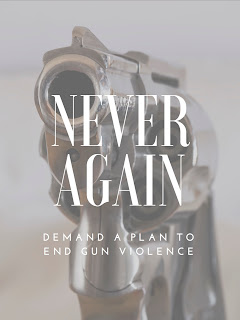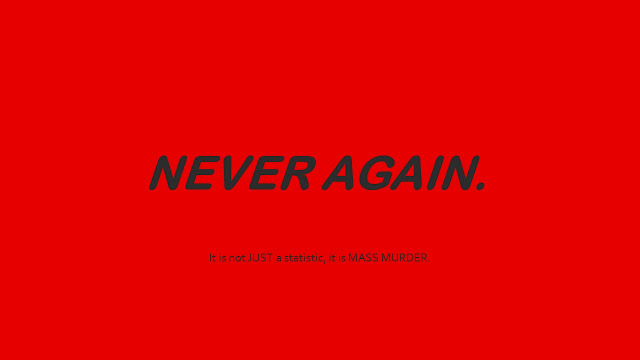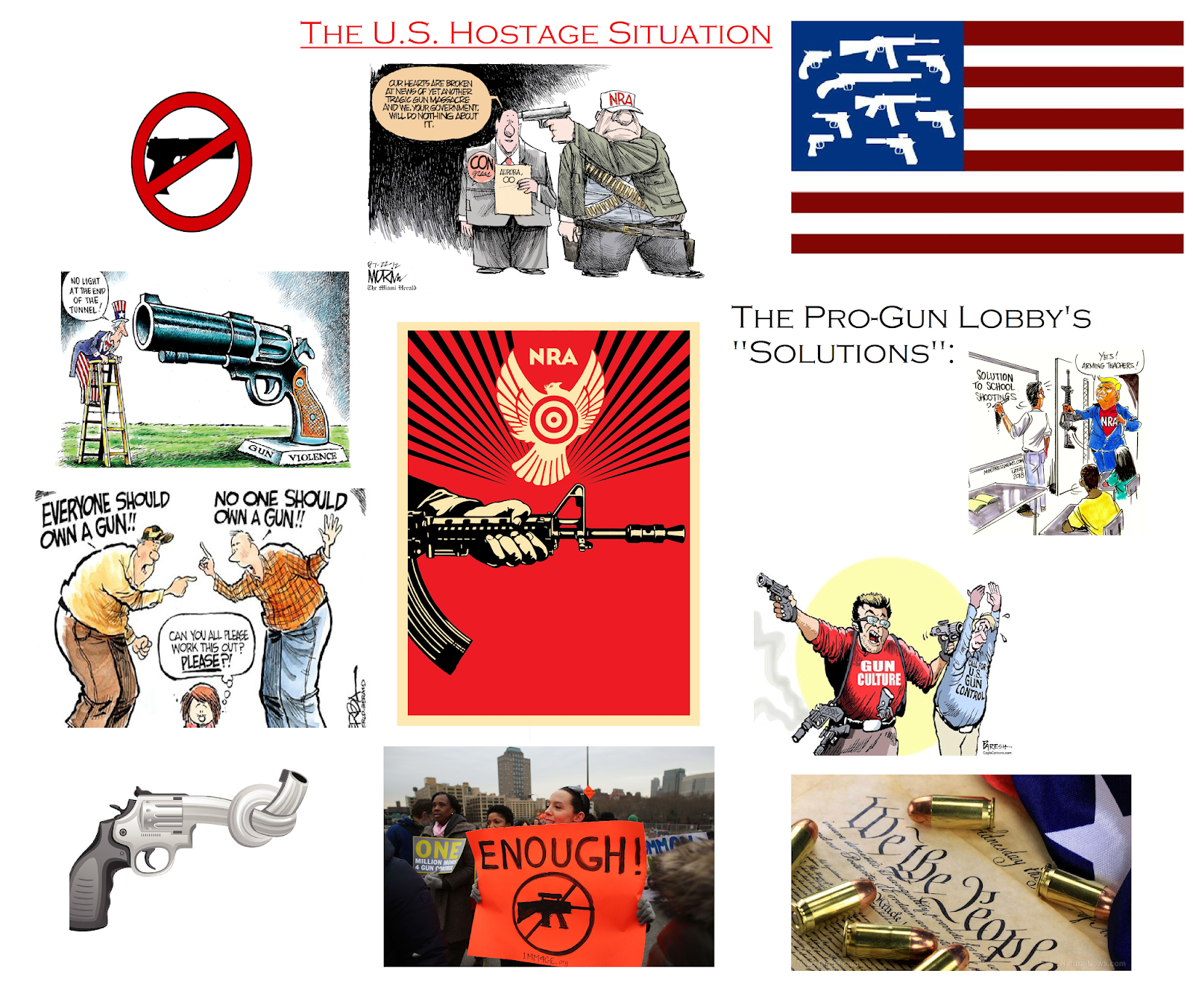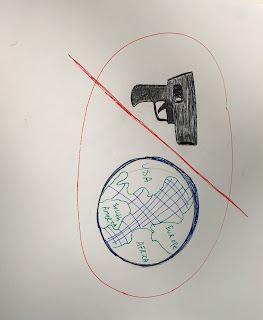Mar 27: Circulation, Ethos, & Affective Economy

Dear All Good Folks, Here are some links we'll revisit as we reflect on our attempts to perform Gries's "iconographic tracking" and as we wrap up this unit of the course: a space for articulating a transnational rhetorical (TRN) approach to textual and imagistic study a space for applying Mao's "rhetoric of the Dao" to circulation The following two links are websites that will serve as the basis for Tuesday's case study, so I'll ask you to give yourself some time to browse each site (particularly KIVA): KIVA Microfunds Starbucks Ethos® Water Fund There are a lot of components to the organization of Kiva Microfunds, let alone to their website. Please give yourself at least 15 minutes to browse -- long enough to try to understand what a "microfund" is and how the website works. I'm asking you to try to notice as much as you can about how Kiva works, who lends and/or receives, and what kinds of things the website allow...







